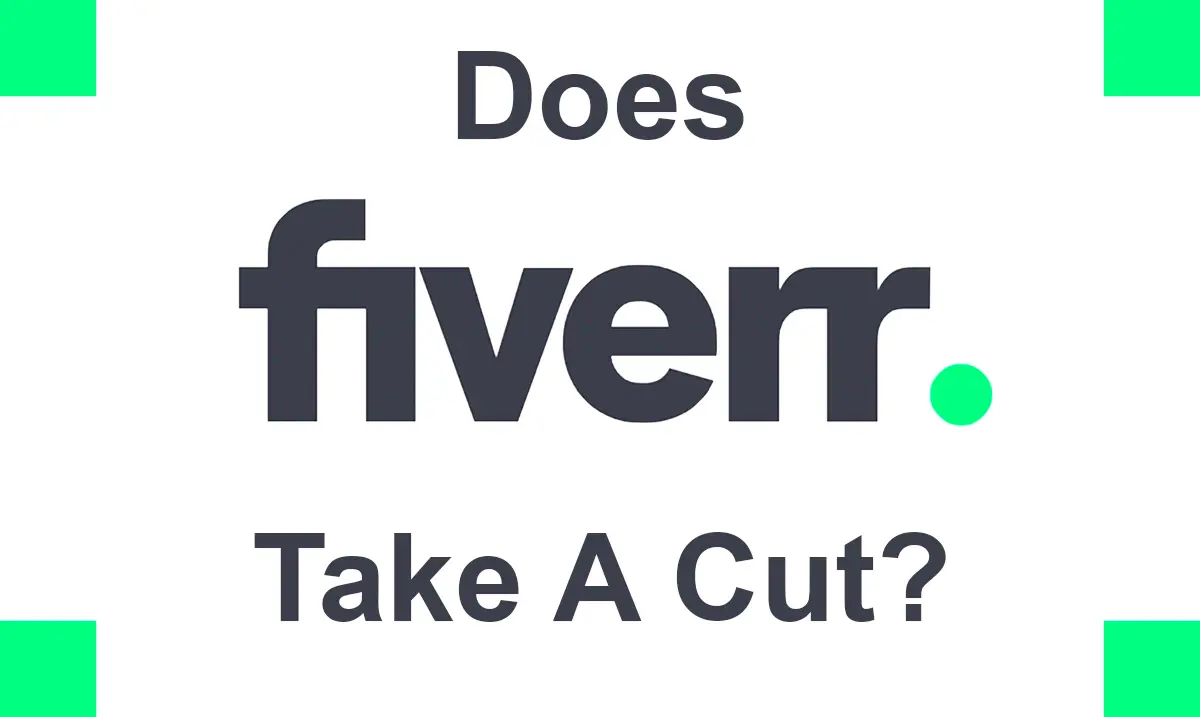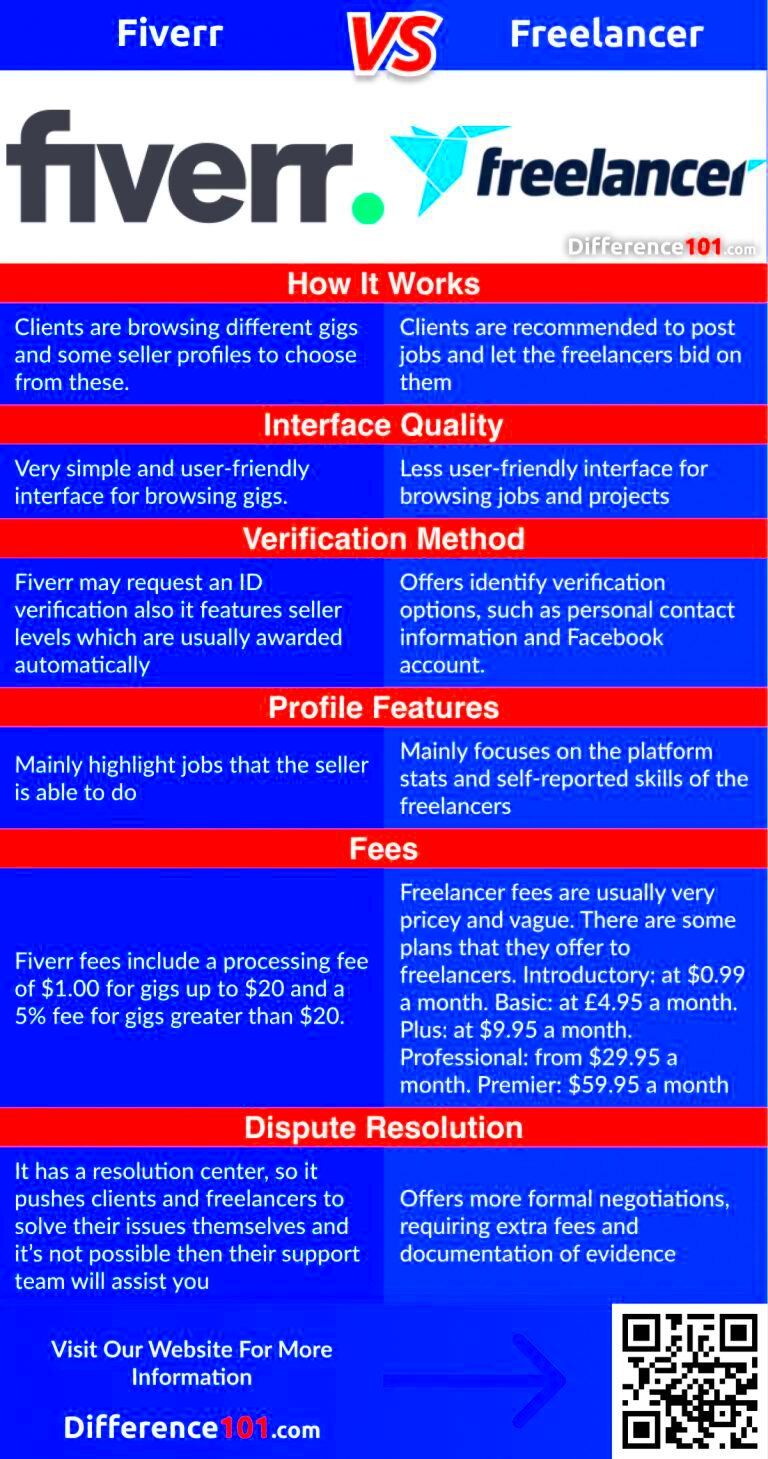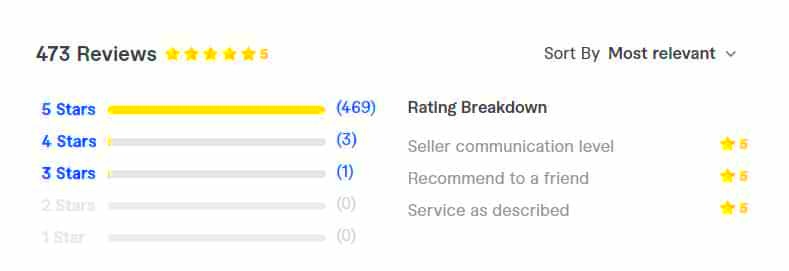Fiverr is a popular platform where freelancers can offer their services and connect with clients. However, just like any business, Fiverr charges fees to maintain the platform. These fees can affect how much freelancers make from their gigs. It’s important for freelancers to understand these charges so they can manage their earnings better and set the right expectations for clients. In this post, we will explain Fiverr's fee structure and how it impacts freelancers. Whether you’re just starting out or have been on Fiverr for a while, knowing about the fees can help you plan your pricing strategy effectively.
Understanding Fiverr's Service Fee for Freelancers

Fiverr applies a service fee to the payments freelancers receive for completing gigs. This fee is a percentage of the total amount a freelancer earns. Here’s a breakdown of how Fiverr’s service fee works:
- Standard Service Fee: Fiverr charges freelancers a 20% service fee on each gig order. This means if you earn $100 from a gig, Fiverr will take $20, and you’ll receive $80.
- Service Fee for Custom Offers: If you create a custom offer for a client, Fiverr still applies the same 20% fee on the agreed amount.
- Service Fee for Tip: If a client leaves you a tip, Fiverr will take 5% of the total amount as a service fee.
Understanding Fiverr's service fee is crucial to ensure you're pricing your services appropriately. It helps you avoid any surprises when you get paid, and you can factor the fee into your overall pricing strategy.
Also Read This: How to Make $2000 a Month on Fiverr
How Fiverr Takes Commission on Gigs

Fiverr takes its commission from each gig order before the freelancer gets paid. This means the amount you see in your account after completing a gig will be less than what the client paid. Here’s how Fiverr takes commission:
| Gig Price | Fiverr's Commission (20%) | Freelancer's Earnings |
|---|---|---|
| $100 | $20 | $80 |
| $50 | $10 | $40 |
| $200 | $40 | $160 |
For every order, Fiverr deducts 20% of the gig price before transferring the remaining amount to the freelancer. This commission is non-negotiable and applies to all types of orders, including extras and custom offers. As a freelancer, it’s important to set your rates in a way that accounts for Fiverr’s commission. You can also consider offering additional services or packages to increase your overall income while factoring in the 20% deduction.
Also Read This: How Revisions Work on Fiverr
Fees for Different Types of Services on Fiverr

Fiverr offers a wide range of services, from graphic design to programming, and each type of service may come with unique pricing structures. While Fiverr charges a standard 20% service fee, it’s important to consider how different types of gigs can affect your income. Here’s a breakdown of how Fiverr's fees apply to various services:
- Basic Gigs: For standard gigs, Fiverr takes a 20% commission from the price the client pays you. For example, if a gig costs $50, Fiverr will keep $10, and you’ll receive $40.
- Gig Extras: Many freelancers offer gig extras, which are additional services that clients can add to their order. Fiverr takes the same 20% fee on these extras, so if you offer an extra for $30, Fiverr will keep $6.
- Custom Offers: When you send a custom offer, the same 20% commission applies to the total price agreed upon. This means you must factor in the fee when setting the price for custom work.
- Fiverr Pro Services: Fiverr Pro is a premium service where top-tier freelancers can offer their services. The fee structure is similar to regular gigs, but Pro services often come with higher prices, giving you the potential to earn more even with the 20% deduction.
Regardless of the type of service, the key takeaway is that Fiverr charges a flat 20% commission on most orders. It’s crucial to understand how these fees will impact your overall earnings so you can set competitive yet profitable rates.
Also Read This: Best Fiverr Sellers for Podcast Production in 2024
How to Calculate Fiverr's Fees on Your Earnings
Calculating Fiverr's fees on your earnings is simple once you understand the 20% commission structure. To ensure you're making the most from your gigs, you’ll need to account for the service fee when setting your prices. Here’s how you can calculate Fiverr’s fees:
- Step 1: Determine your gig price. For example, if your gig is priced at $100, this is your base earnings before any fees.
- Step 2: Multiply your gig price by 20% (0.20). In this case, 100 x 0.20 = $20. Fiverr takes $20 as its commission.
- Step 3: Subtract Fiverr’s commission from your gig price. So, $100 - $20 = $80. That’s what you’ll take home after the fee is deducted.
Here’s a quick example of different scenarios:
| Gig Price | Fiverr's Commission (20%) | Freelancer's Earnings |
|---|---|---|
| $200 | $40 | $160 |
| $75 | $15 | $60 |
| $25 | $5 | $20 |
By understanding this calculation, you can adjust your pricing accordingly. It’s also a good idea to account for Fiverr's fees when offering discounts or bundled services to ensure you’re still earning a fair amount after the commission.
Also Read This: Circular Text Charm: How to Make Text in a Circle Canva
How Fiverr’s Payment System Affects Freelancers' Earnings
Fiverr’s payment system plays a significant role in how freelancers receive their earnings, and it’s important to be aware of the different stages and fees involved in the process. Here’s a breakdown of how the payment system affects freelancers:
- Payment Release Time: Once a gig is completed and the client approves the work, Fiverr places the payment in your account. However, it takes up to 14 days for the funds to become available to you (or 7 days for Fiverr Pro sellers). This delay is due to Fiverr's security measures to prevent fraud.
- Withdrawal Fees: When it comes time to withdraw your funds, Fiverr charges a fee depending on the method you choose. Here are some common withdrawal options:
- Bank Transfer (Payoneer): $3 fee per withdrawal.
- PayPal: Fiverr charges a $1 fee per withdrawal for PayPal.
- Fiverr Revenue Card: A $2 fee for each withdrawal.
- Currency Conversion Fees: If you’re withdrawing in a currency that’s different from the one in your Fiverr account, Fiverr will apply a currency conversion fee. This fee varies depending on the withdrawal method and the currencies involved.
These fees can add up, so it’s important to account for them when planning your finances on Fiverr. Be sure to choose the most cost-effective payment method based on your preferences and location.
Also Read This: How Do I Get Money from Fiverr?
Tips to Minimize Fiverr Fees for Freelancers
While Fiverr’s 20% commission is non-negotiable, there are several strategies freelancers can use to minimize the impact of Fiverr fees on their earnings. Here are some tips to help you keep more of your hard-earned money:
- Offer Higher-Priced Packages: Instead of offering only a basic gig, consider creating higher-priced packages with additional services. The service fee is still 20%, but by increasing the overall price, you’re able to earn more even after Fiverr takes its share.
- Set Realistic Gig Prices: When setting your gig prices, make sure you’re considering Fiverr’s fees. Aim for a price that allows you to cover your expenses, while still offering good value to your clients. It’s also worth considering the pricing for gig extras and upgrades to boost your earnings.
- Use Fiverr’s Pro Services: If you qualify for Fiverr Pro, you can charge premium rates for your services. While the commission remains at 20%, higher-priced gigs mean you still make a better profit despite the fee.
- Encourage Tips: Fiverr charges a lower service fee (5%) on tips compared to regular gigs (20%). Encourage satisfied clients to leave a tip to boost your earnings without giving Fiverr as much of a cut.
- Promote Multiple Gigs: Create multiple gig offerings in different categories. This allows you to attract a broader range of clients, increasing your total earnings and balancing the impact of Fiverr’s fees.
By implementing these strategies, you can maximize your earnings and make Fiverr's fee structure work in your favor. Planning ahead and understanding Fiverr's fees will help you make smarter decisions as a freelancer.
Also Read This: Age Requirements for Freelancing
Frequently Asked Questions
Many freelancers have questions about Fiverr’s fees and how they affect their earnings. Here are answers to some common queries:
- What is Fiverr's standard service fee? Fiverr charges a standard 20% service fee on each gig or custom offer. This applies to both new and experienced sellers.
- Are there any hidden fees? Fiverr's fees are straightforward, but additional charges can apply if you use certain withdrawal methods or currency conversions. Make sure to check the withdrawal fees and terms of each payment option.
- Does Fiverr take a fee on tips? Yes, Fiverr takes a 5% fee on any tips that clients leave for freelancers.
- Do Fiverr Pro sellers pay the same commission? Yes, Fiverr Pro sellers still pay the 20% service fee, but they are able to charge higher prices for their premium services.
- Can I negotiate Fiverr’s fees? No, Fiverr’s commission is fixed at 20% for most services, and it cannot be negotiated or avoided.
If you have more questions or need clarification, Fiverr's support team is always available to help. Understanding Fiverr's fees and payment structure will allow you to work more efficiently and effectively.
Conclusion: Fiverr's Fee Structure and What Freelancers Need to Know
Fiverr’s fee structure is straightforward, but understanding how it works is crucial for freelancers to manage their earnings effectively. Fiverr charges a 20% service fee on most services, with some exceptions, such as tips, where the fee is lower. While you can’t avoid these fees, there are ways to reduce their impact, such as offering higher-priced packages, encouraging tips, and using Fiverr Pro services for premium pricing.
To make the most of your time and skills on Fiverr, it’s essential to set your prices with these fees in mind. By factoring in Fiverr’s commission and other potential fees (such as withdrawal charges), you can ensure that you’re maximizing your earnings. Keep in mind that while Fiverr’s fees are a part of the platform, they also offer great exposure and access to a global client base, making it a worthwhile investment for many freelancers.
In the end, understanding Fiverr's fee structure, planning ahead, and using the platform wisely can help you thrive as a freelancer, making the most out of your Fiverr experience.




